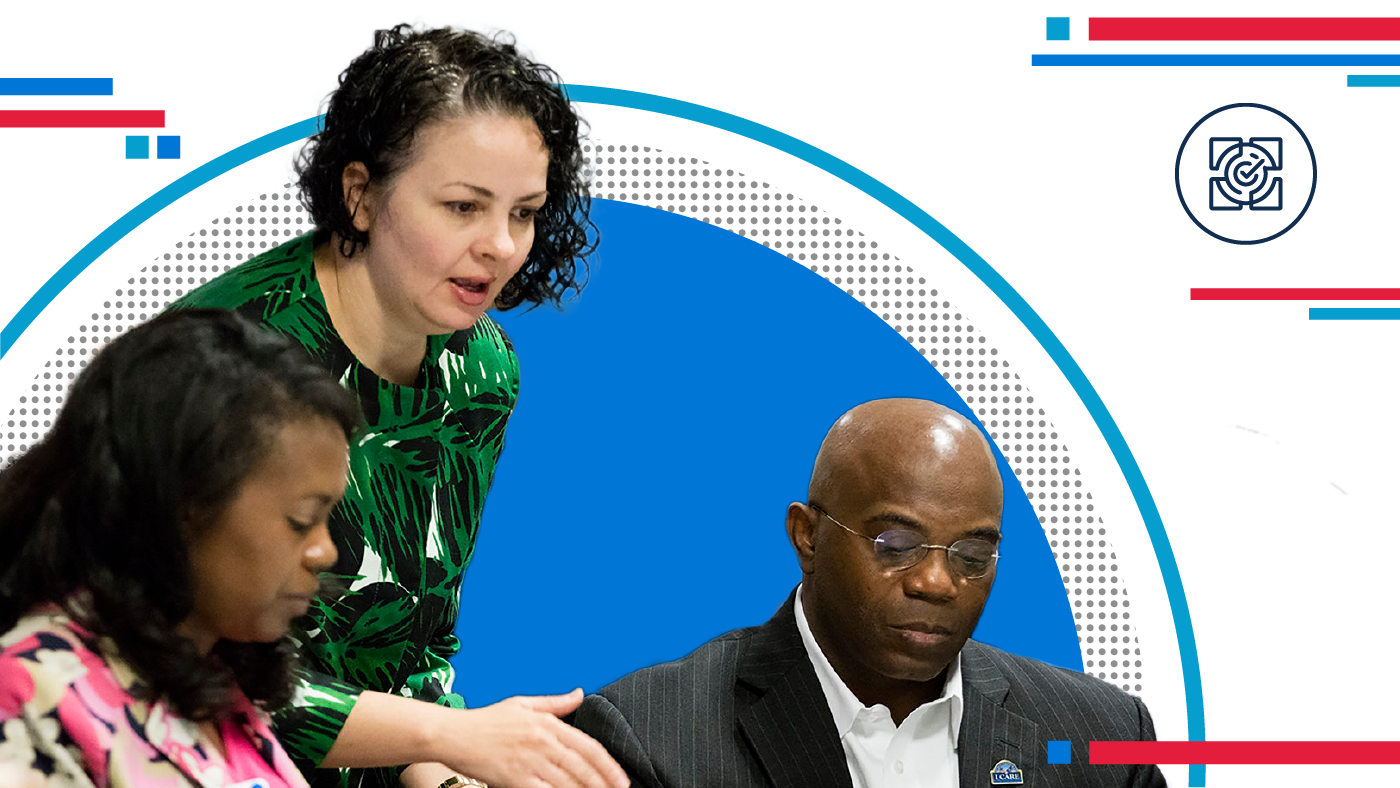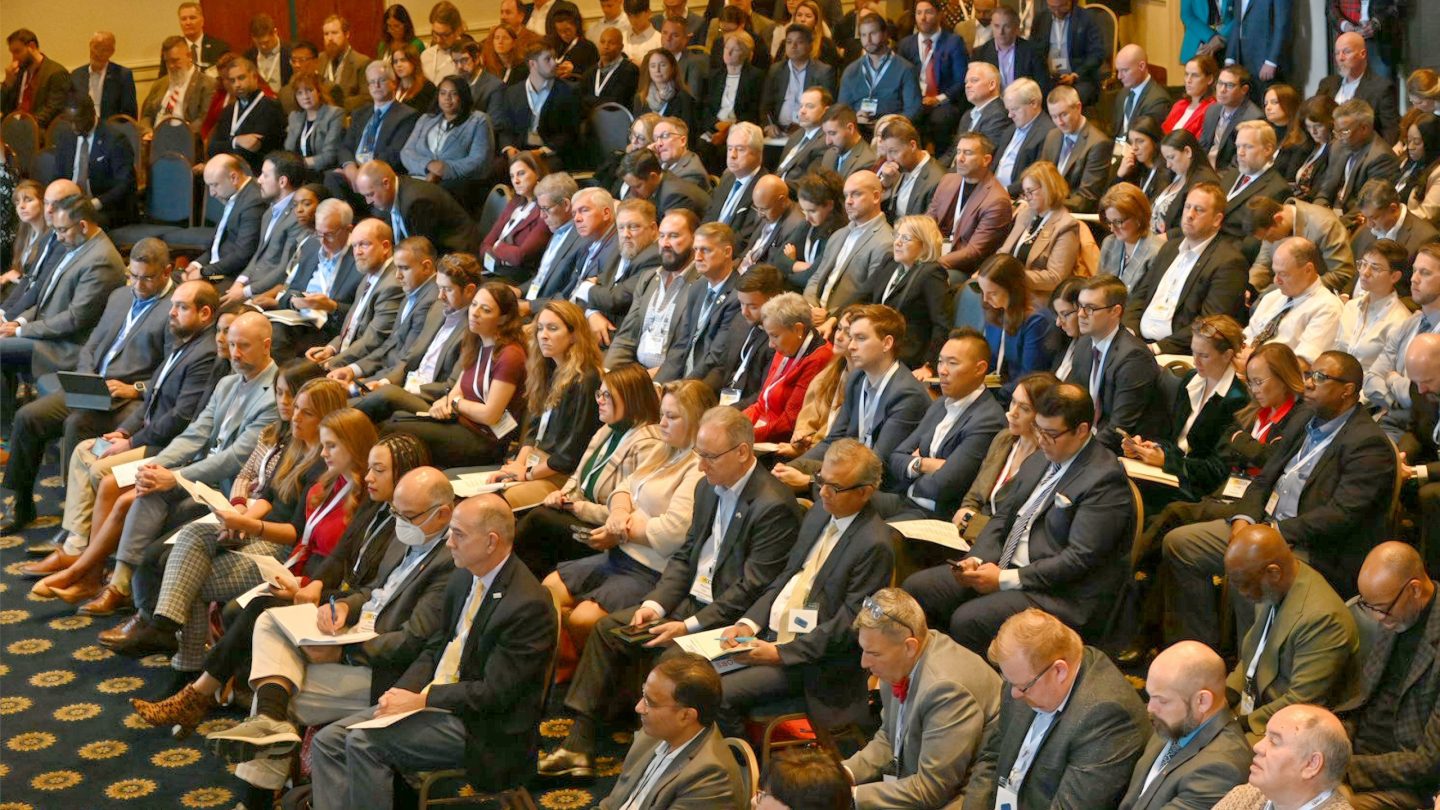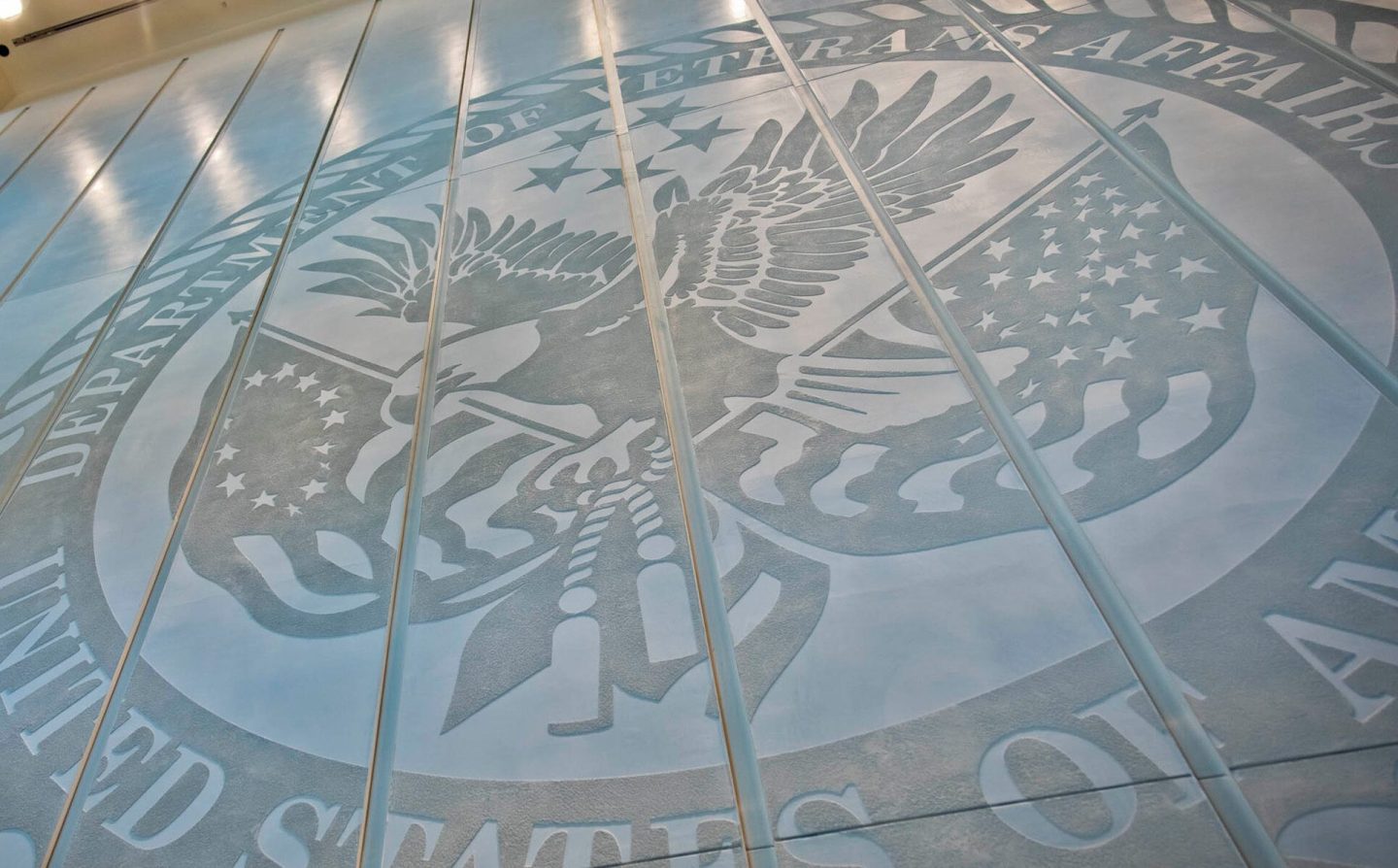Appears In
YouTube used them to achieve a billion hours of content watched per day. Google applied them in the launch of seven products that now have more than a billion users apiece. U2 frontman Bono’s ONE Campaign employed them to raise $100 billion for Third World debt relief.
It’s no wonder that champions of Objectives and Key Results (OKRs) coined the name “Big Hairy Audacious Goals” to describe the lofty targets you should set when using this system.
Now VA Assistant Secretary for Information and Technology and Chief Information Officer Kurt DelBene is seeing results from OKRs deployed at VA’s Office of Information and Technology (OIT) in pursuit of an audacious goal he declared on day one: “to become the best IT organization in government.”
Why OKRs are a perfect fit at OIT
The Vision for Digital Transformation is OIT’s roadmap for becoming the best IT product delivery organization in government. And it reminds us that our mission is to deliver IT products to VA and our Veterans. To fulfill this mission, we “must connect the Vision to clear plans with measures for success, and execute with excellence, rigor, and consistency at every level.”
We tied OKRs to the implementation of the Vision because they are ideally suited for the task. OKRs are structured around the concepts of focus, alignment, accountability, and “stretch for amazing.” They are the principal tool we use to realize strategic themes in OIT.
For focus and alignment, we accelerated decision-making by reducing management layers at the senior leadership level to create a more nimble organization. For accountability, we’ve created a culture that “embraces the red,” and focuses on finding solutions rather than assigning blame. And with OKRs we “stretch for amazing.” This is where we put it all together and do the practical work required to accelerate our transformation.
OKRs explained
OKRs were pioneered by Andy Grove at Intel in the 1980s to close the gap between organizational strategy and execution. In the OKR process, the strategy is expressed through the visible, customer impacting Objective, which is then supported by specific, measurable Key Results designed to guide the work. Together they produce outcomes that ensure the Objective is accomplished.
While flexible in design and implementation, OKR “sets” share common elements. These include creating Objectives that clearly define what the organization intends to accomplish, and Key Results that include specific, time-bound, and measurable activities to achieve the Objective. The methodology works because it creates a framework for alignment and continuous improvement of many moving parts.
The Enterprise-Level OKR launch
In January, the CIO kicked off OIT’s OKR initiative with four objectives and accompanying key results aligned with the foundational pillars of our Vision for Digital Transformation: Vision-driven Execution, Operational Excellence, Delightful End User Experience, and People Excellence.
Among this first set of CIO-level OKRs, we set goals for issues ranging from systems modernization, security, and resiliency, to end user satisfaction and critical career track development.
The first reporting cycle on these OKRs ended recently and we are excited to announce that three of our Key Results were achieved and significant progress was documented in eight others. And we’re using this momentum to add an ambitious new OKR set and expand others with new or more challenging key results.
Next OKR up: Delivering High-impact Solutions and Capabilities to Veterans
New to this second OKR reporting cycle we’ve added Objective 5, which prioritizes delivering high-impact solutions and capabilities to Veterans.
The Key Results for this Objective include:
- 12 of top 20 Veteran-facing digital patient portal tasks are available for Veterans to use on VA.gov by October 2023
- Improve ratings of Veteran Service Representatives productivity by 20% per FTE
- Provide Veterans an easier, more reliable, and secure sign-on experience by converting all DS LOGON users to Login.gov.
Like the other OKRs, its implementation will be tracked through weekly progress reports that assist in setting priorities for the following week, planning for upcoming actions, and assessing the confidence level in achieving each key result.
Service Line and organization OKRs spreading throughout OIT
You would be mistaken to assume that OIT’s OKR initiative is just a top-down approach. Throughout OIT, nearly 30 Service Lines and other organizations are in the process of implementing more than 70 OKR sets designed to address specific issues in their areas.
“OKRs really struck a chord with me because it allows you to focus on the things that matter and track them, and that allows you to push yourself and your team,” said Casey Johle, Director, Enterprise Cyber Security Program, Office of Information Security.
“They’ve been a godsend. We have our OKRs tied to our milestones and integrated in our master schedule and we’re cruising!”
OIT’s OKR data is being incorporated into the Office of Compliance, Risk, and Remediation’s OKR Tracking Tool. The tool is available to all OIT staff and provides a wide range of information including the OKRs, their weekly cadence results, confidence scores, and more.
OKRs position OIT to be the best IT organization in government
The throughline on all OIT OKRs, from CIO to service line level, is they help us leverage the power of technology to drive meaningful outcomes that improve the lives of the Veterans we serve. With its OKRs, OIT is running a bottom-up and top-down program of continuous improvement that is showing real results and building on success.
We’re collectively and collaboratively bringing the Vision for Digital Transformation to life, and with the help of our OKRs, becoming experts at the fundamentals, from the IT specialist to the budget analyst, the product developer to the human capital specialist, and the cybersecurity program manager to the administrative assistant.
And that, says Mr. DelBene “reflects how the best IT organizations run their operations. They put the customer first, deliver high-quality products, focus relentlessly on operational excellence, and create user experiences that customers love.”
Topics in this story
In this article






